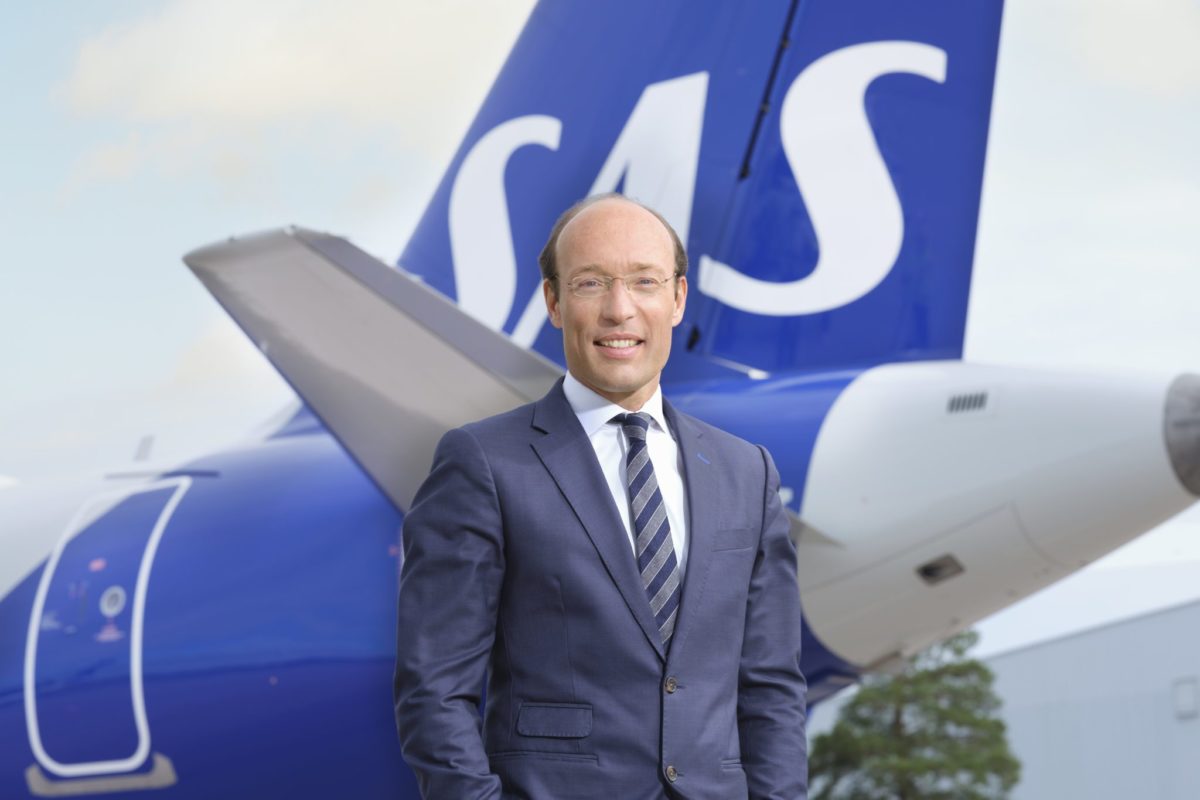There are quite some changes we can see at Scandinavian Airlines (SAS) during these times. With a new investor consortium around Air France-KLM, SAS is planning to leave the Star Alliance in favor of SkyTeam. I had a chat with Scandinavian Airlines President & CEO Anko van der Werff during a recent webcast.
Leaving the Star Alliance
A consortium of Air France-KLM, Castlelake and Lind invested recently in the Scandinavia-based carrier. “By securing the financing of the investments, it shows that investors believe in SAS,” van der Werff told me. As part of the transaction, SAS also intends to eventually exit the Star Alliance and join SkyTeam.
“This move toward a partnership within SkyTeam and being closer with Air France-KLM and its partners, is a clear path forward for SAS."
Scandinavian Airlines President & CEO Anko van der Werff
He called this a transformative step for SAS to become part of something bigger, further strengthening its customer offerings. The CEO noted the airline should benefit from access to more destinations, more flight options, and enhanced service offerings within SkyTeam. “It is important to note we will not make immediate changes as of today and will remain a member of Star Alliance until further notice,” he said.
“What we can do best is transport people by air,” van der Werff said. SAS transported 6.78 million passengers during the fourth quarter of its business year, an 18% year-over-year increase. “We have increased departures by 10%.”
In July 2022, SAS voluntarily filed for U.S. Chapter 11 bankruptcy as part of its SAS Forward restructuring plan. “It has been hard work for us, and there is more work ahead for us,” van der Werff said, noting the carrier’s transformation process.
Van der Werff explained, that the carrier faced higher costs from currency exchanges and fuel prices. But also, too many wet-lease operators during the European summer peak-season created a financial impact. When asked how complex the use of wet-lease partners made SAS´ operation this past summer, van der Werff said, “We had up to six different wet-lease providers. This will be reduced for next summer to one or two. The operational complexity of different aircraft, we always knew that. But we had to do that, for example, in 2022, during the pilot strike.”
SAS had 31 wet-leased aircraft in operation in 2023: eight A320s, 17 Bombardier CRJs, and six ATR72s. Van der Werff said that in 2024, the use of aircraft will be clearer, and to a large extent they will be operated by SAS. “For the long haul, we had one wet-lease partner that will be gone. On the A320s, we had several wet-lease partners. We do not intend to have them [again]. What capacity will remain will be on the smaller aircraft—ATRs and CRJs—as those wet leases are on long-term contracts.”
Large A320neo Operator
SAS’s fleet renewal is continuing as planned. “What we have now is to bring in 13 aircraft in the fiscal year [fiscal 2024] just started; mainly the [Airbus] A320neo,” van der Werff said.
As of 31st October, SAS plans to add one Embraer E195-100 for SAS Link and 12 A320neos during fiscal 2024. For fiscal year 2025, two A350-900s and six A320neos are expected for delivery, for a total of 21 aircraft in the two years. Talking about future aircraft orders, van der Werff said, “We are of course looking ahead with our fleet in the market, both for the midsize segment up to 150 seats and of course for the long haul. At some point, we will have to go for bigger (aircraft).”
“We are already the biggest A320neo operator (in Europe) …Brussels Airlines or Austrian Airlines, they have now one, two, three A320neos. And we are already in the 60s and 12 or 13 more A320neos are coming.”
Scandinavian Airlines President & CEO Anko van der Werff
The SAS A320neos are powered by CFM International Leap engines. “We are not affected by the Pratt & Whitney engine issues,” von der Werff noted.
SAS recently phased out its last Boeing 737NG. Four A321-200s also are being phased out. During the webcast, SAS EVP and CFO Erno Hilden noted, “We now gradually see the benefits for increasing fleet commonality in maintenance costs.”


